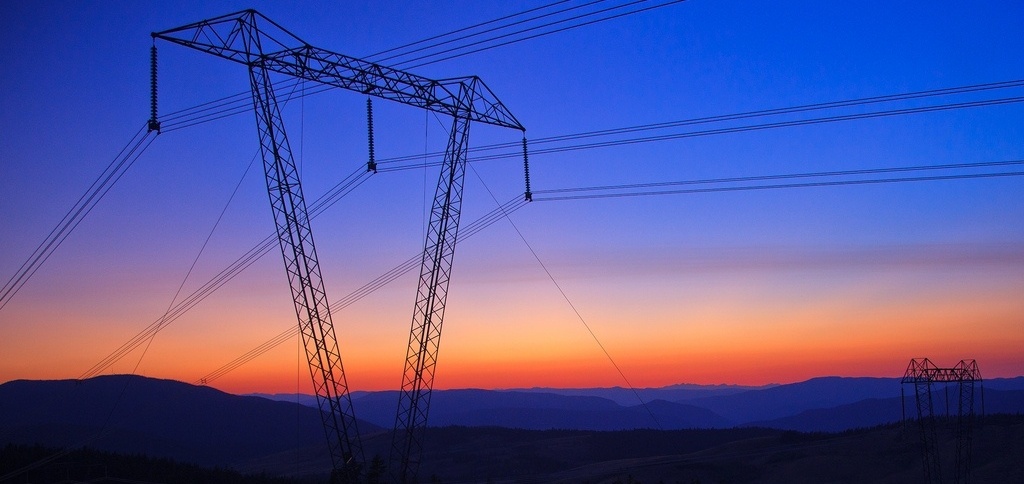
Late last week, Bloomberg reporters unearthed a draft of the grid reliability study ordered by Energy Secretary Rick Perry, and pointed out contradictions between the DOE draft and Trump Administration statements, which called coal generation key to electric system reliability, and blaming policies favoring renewable energy for “premature” retirement of “baseload” generating resources like coal and nuclear energy. In response, a spokesperson for DOE simply said the report is “constantly evolving,” and when it comes to the passages cited by Bloomberg, “those statements as written are not in the current draft.” So we’ve done our own read of the leaked draft. We see five broad findings, with specific language from DOE’s internal experts justifying those findings, that capture the reality of today’s changing, but robust, power grid, as we see it. The question is: Will they make it into the final report?
The Bloomberg story carried the headline, “Renewable Energy Not a Threat to Grid, Draft of U.S. Study Finds,” which got our attention. Greentech Media also weighed in on the Bloomberg story, then Reuters got hold of the same document and made it public. We have posted it here, so you can read it yourself.
Here are five findings in the DOE draft we will be looking for in the final report – and raising questions if they are not, especially if their absence is used to justify policies that would disadvantage advanced energy technologies and services relative to “baseload” resources such as coal:
1) Baseload plants are retiring primarily due to age and high operating costs, as well as flat demand.
- “Since 2002, most baseload plant retirements have been the victims of overcapacity and relatively high operating costs that often reflect the advanced age of the retiring plants.”
- “Many … plant retirements have been driven by the combination of low natural gas price-based electricity prices, low electric demand, environmental regulations, state policies and competition from renewables.”
- “Reduction of demand growth (peak and energy) since the late 1990’s and flattening of demand since 2008 have reduced the room for less competitive plants to make sales.”
2) Low-priced natural gas is displacing aging baseload generation
- “New technology for the development of shale gas resources has led to a major expansion in the availability of natural gas at very low prices. As a result, natural gas fired plants now set the market clearing price during many hours in the RTO markets and LMP’s have drifted lower and lower.”
3) Baseload resources are no longer required for reliable electric power
- “Baseload power is not as necessary as it used to be. Baseload power was useful to a well-functioning grid over the decades from 1960-1990 when these plants were initially built. But with technology and market changes, the bulk system has changed markedly and high-value market and reliability require different services and capabilities to attain high reliability and resilience.”
- “Most of the common metrics for grid reliability suggest that the grid is in good shape despite the retirement of many baseload plants.”
- “The demands of the modern electricity system have required, and will increasingly require, innovation in technologies (e.g., inverters), markets (e.g., capacity markets), and system operations (e.g., balancing authorities).
- “Demand response (DR) technologies and programs offer a particularly flexible grid resource that is capable of improving system reliability, reducing the need for capital investments to meet peak demand, reducing electricity market prices, and improving the integration of variable renewable energy resources.”
- “The ability of wind power plants to provide primary frequency response - and a combination of synthetic inertial response and PFR - significantly improved the frequency response performance of the system.”
5) Renewables have become cost effective against coal and existing nuclear, and would be even without the subsidies that are being phased out.
- “Lazard Freres 2016 projections [show] continued downward prices for new utility scale solar and wind capacity.”
- “Declining costs for wind and solar have been spurred by industry innovation as well as a variety of Federal and state policies that accelerate development.”
- “Will removing renewable subsidies and RPS make renewable generation go away (and presumably put less pressure on coal and nuclear plants)? No.”
When the DOE report comes out, we will be reading it closely – and speaking out, as needed. For our earlier coverage, see here, here, and here. Stay tuned.
In the meantime, read the report comissioned by AEE and AWEA from Analysis Group, Electricity Markets, Reliability, and the Evolving U.S. Power System, available for free at the link below.
